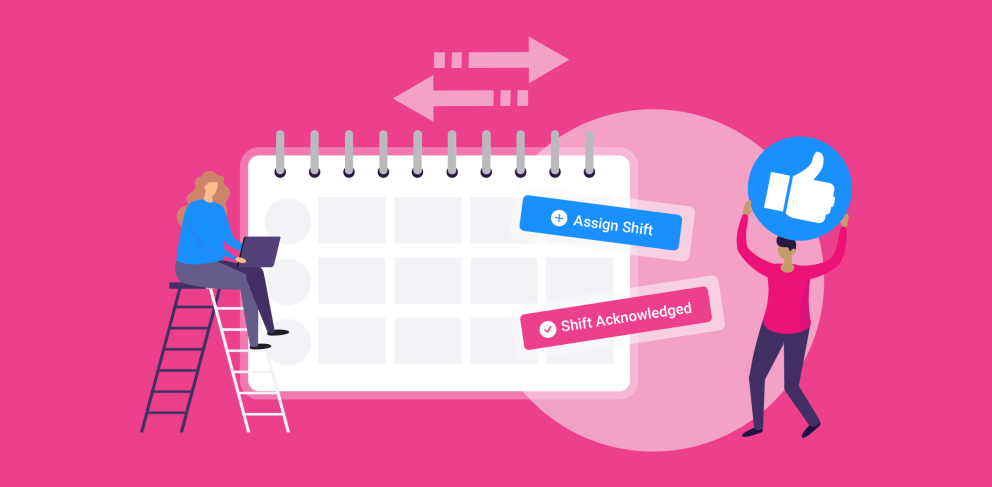How To Effectively Manage Changes To Shifts


So, you’ve spent ages checking staffing requirements, planning the perfect rota, and making sure to assign shifts to the most suitable employees, only to find that it all goes straight out the window the minute your team get sight of it?
We feel your pain. Unfortunately, no matter how good your schedule or how strict your policies there’s always going to be an element of this in shift scheduling. We can’t do a lot about that, but we can offer a few tips on the best ways to handle it, helping you to get back on track as quickly as possible.
Shift Swaps
First off, enabling shift swaps could be a game-changer for you. Instead of having to do all the running around reshuffling shift assignments yourself get your team to do it for you, putting the onus on them to make sure that their assigned shifts are covered by colleagues who are qualified to work them. If an employee wants to get rid of a shift they’ll first have to find an alternate shift that they’re willing to exchange it for, and then persuade the relevant friend/colleague/nemesis that they’re also happy to swap. Shiftie will only allow swaps if both employees are eligible for their new shift and you have the option to require swaps to be approved by a manager before they’re complete, just in case.
Open Shifts
Of course, shift swaps only work if an employee is willing to take on other shifts in place of the one they can’t work. If they can’t for any reason, (for instance, because they’re off to tour South America for the next three months and somehow forgot to mention this to you until the week before), then you’re better off converting their shifts to Open Shifts instead. Open Shifts are sent out to all employees who are eligible, letting them know that there’s an opportunity to pick up additional hours. You also get to decide whether the shifts should be assigned on a first-come-first-served basis, with the first person to reply being assigned each shift, or if they should be put into a shortlist for you to select from. Both options are good; the right one really comes down to whether any potential applicants could be wildly unsuitable for the role and whether you have the time to sift through the list.
Notifications
Indisputably, the worst kind of change to your rota is the one you don’t know about. If you lie awake at night worrying that you’ve missed something then it’s worth making sure that your notification preferences are up to date. That way you can make sure that you’ll definitely be warned if a team member decides to set themselves as unavailable at the last minute, or if they’ve applied for leave exactly when you need them not to. Knowing about it won’t necessarily resolve the situation, but at least it gives you a fighting chance to do something about it rather than finding out when they don’t show up.
Shift Acknowledgements
Finally, if you’ve had to reassign shifts at the last minute it’s worth keeping an eye on whether or not the new assignees have seen them. After all, while it’s great if you have a reliable team member who you can count on to pick up shifts at the last minute, that won’t help much if they don’t hear about the assignment until it’s too late. Instead, make sure that Shift Acknowledgements are enabled and check your schedule to see who’s viewed their shifts and who hasn’t ahead of time.
Now, we’re not saying that these tips will cover all situations, or that they’ll stop issues from arising in the first place, but if you combine them with a schedule that was planned well in the first place and a healthy dose of luck then you can’t go far wrong. Probably.
To learn more about making changes to your schedule check out our user guide, or speak to our friendly support team.




